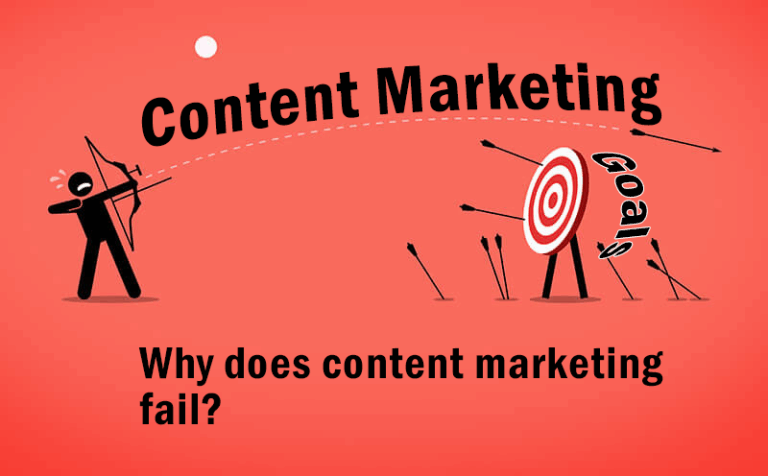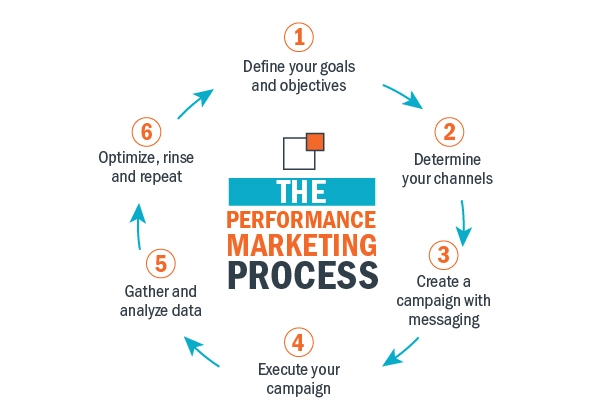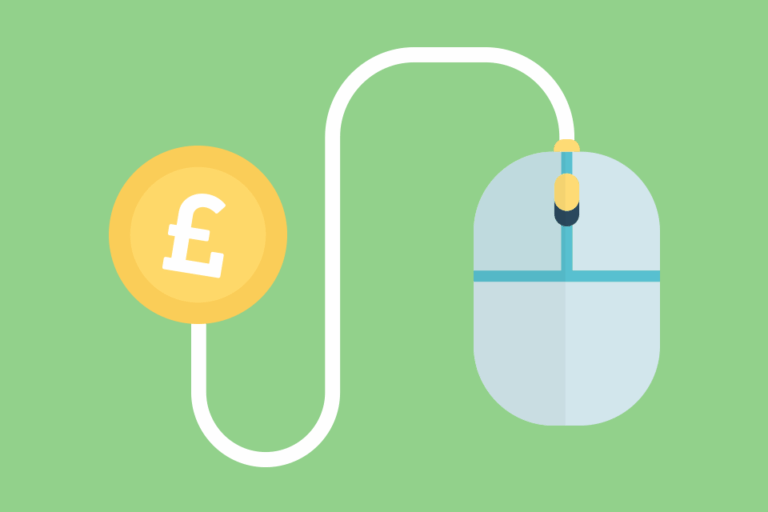Proven Strategies to Lower Cost Per Lead on Google Ads

Lowering cost per lead (CPL) on Google Ads is essential for businesses aiming to get the most value from their marketing budget. Without proper optimization, ad spending can quickly add up without delivering quality leads. By refining campaign strategies, businesses can attract the right audience, minimize wasted clicks, and improve overall ad performance while keeping costs under control.
How to Optimize Keyword Selection to Reduce Costs
Keyword strategy plays a compulsory role in determining how much you pay per lead. Poorly selected keywords can result in high costs and low conversion rates, draining your budget without delivering results. This is how to optimize keyword selection:
Utilize Long-Tail Keywords for Lower Competition
According to Search Engine Journal, Long-tail keywords have been shown to reduce CPC by up to 30% while increasing conversion rates by 12%. These keywords target users with more specific intent, making them more likely to convert at a lower cost. Instead of bidding on a “marketing agency,” using an “affordable digital marketing agency for small businesses” helps filter out unqualified traffic and focus on high-intent leads.
Employ Negative Keywords to Minimize Waste
Advertisers waste 10-30% of their Google Ads budget on irrelevant searches. Adding negative keywords prevents ads from being triggered by unqualified or irrelevant traffic, ensuring that only potential customers see them. For example, if you offer premium software, adding “free” as a negative keyword prevents clicks from users looking for free tools.
How to Improve Quality Score to Lower CPC
Google assigns a Quality Score (1-10) based on ad relevance, expected click-through rate (CTR), and landing page experience. A higher score leads to lower CPC and better ad placements. To improve Quality Score, ensure keywords align with ad copy and landing pages, write compelling ads that match user intent, and increase CTR with engaging headlines and strong CTAs.
Additionally, optimize landing pages by ensuring they load quickly (under three seconds), offer a user-friendly experience, and provide valuable content to keep visitors engaged and improve conversion rates.
How to Improve Ad Copy and Landing Pages for Higher Conversions
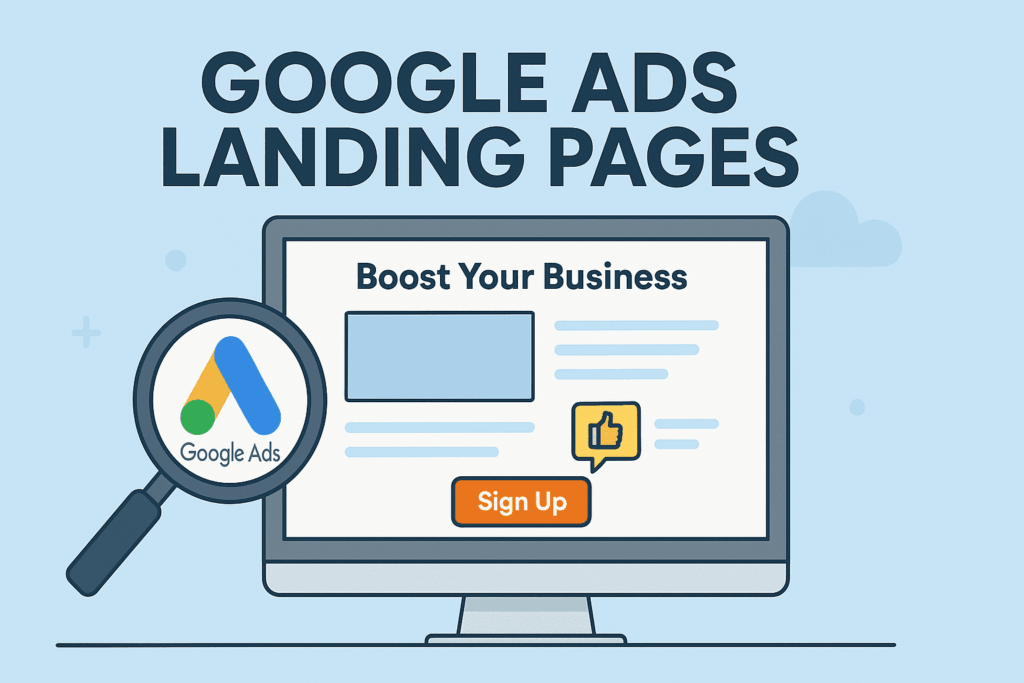
Even with optimized keywords, poorly crafted ad copy or ineffective landing pages can result in wasted ad spend. Ensuring alignment between ad messaging and landing page experience improves conversion rates while lowering CPL. Here is how to improve this:
Craft High-Performing Ad Copy
Google prioritizes ads with higher engagement rates, reducing CPC for ads that receive strong interaction. To improve click-through rates (CTR):
- Use action-driven language e.g., “Get Your Free Consultation Today”.
- Highlight competitive advantages e.g., “Save 30% on Expert SEO Services”.
- Include numbers and statistics e.g., “Trusted by 5,000+ Businesses”.
Ensure Landing Page Relevance and Optimization
A seamless experience between the ad and landing page is essential for reducing CPL. A well-optimized landing page should:
- Load within three seconds, a one-second delay can reduce conversions by 7%.
- Use clear headlines and CTAs to guide users toward completing an action.
- Be mobile-responsive, as over 60% of Google searches come from mobile devices.
How to Utilize Ad Extensions for Better Engagement
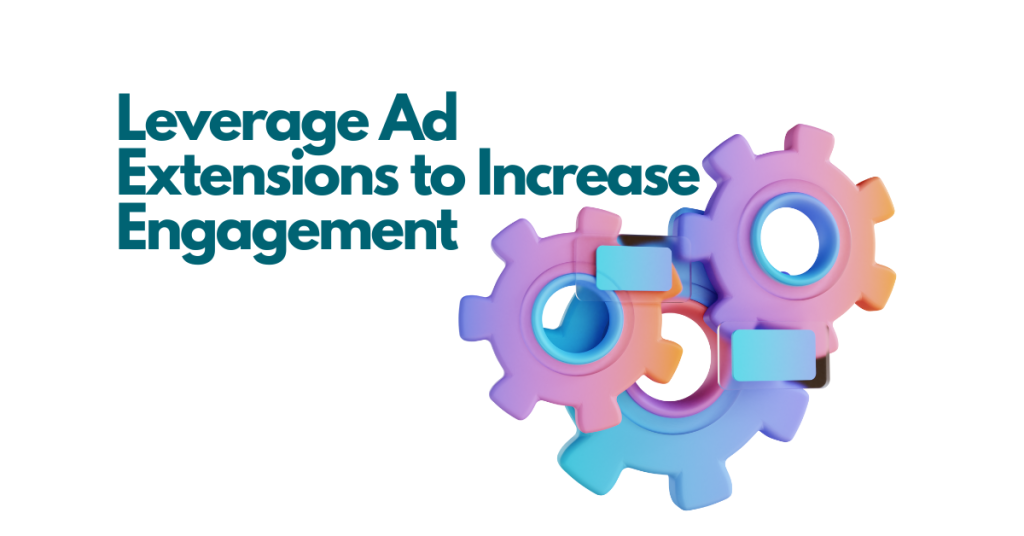
Google Ads provides ad extensions that improve visibility and increase engagement. Sitelink extensions direct users to key pages, often boosting CTR by 10-20%. Callout and structured snippet extensions highlight important features, offers, or benefits, making ads more appealing and attracting more qualified traffic. Using these extensions effectively enhances ad performance and helps drive better results.
How to Implement Advanced Audience Targeting
Refining audience targeting ensures that ads reach the right users, reducing wasted ad spending while increasing conversion rates. Here is how to implement this:
Use Demographic and Location Targeting
Google Ads allows advertisers to target users based on age, income level, device, and location. Businesses should analyze conversion data to identify high-performing segments and adjust bids accordingly for better cost efficiency.
Leverage Remarketing for Higher ROI
According to Google, remarketing campaigns increase conversion rates by up to 70%. By re-engaging users who have already interacted with your site, remarketing lowers CPL while boosting conversion potential. Dynamic remarketing ads further improve effectiveness by displaying personalized content based on previous interactions.
What is the Use of Smart Bidding Strategies for Cost Control
Google’s automated bidding strategies use AI to adjust bids for better conversions while keeping costs in check. Maximize Conversions automatically optimizes bids to generate the highest number of leads within budget.
Target CPA (Cost Per Acquisition) ensures bids align with a set CPL goal for cost efficiency, while Enhanced CPC (ECPC) adjusts bids for clicks that are more likely to convert. Regularly analyzing campaign data helps advertisers increase bids in high-performing areas and reduce spend on underperforming segments.
Final Thoughts
Lowering CPL on Google Ads requires smart keyword strategies, optimized ad copy, and data-driven bidding. Improving Quality Score, refining audience targeting, and leveraging AI-driven bidding ensures higher ROI and better lead quality. By continuously optimizing campaigns, businesses can maximize results while keeping acquisition costs low.



